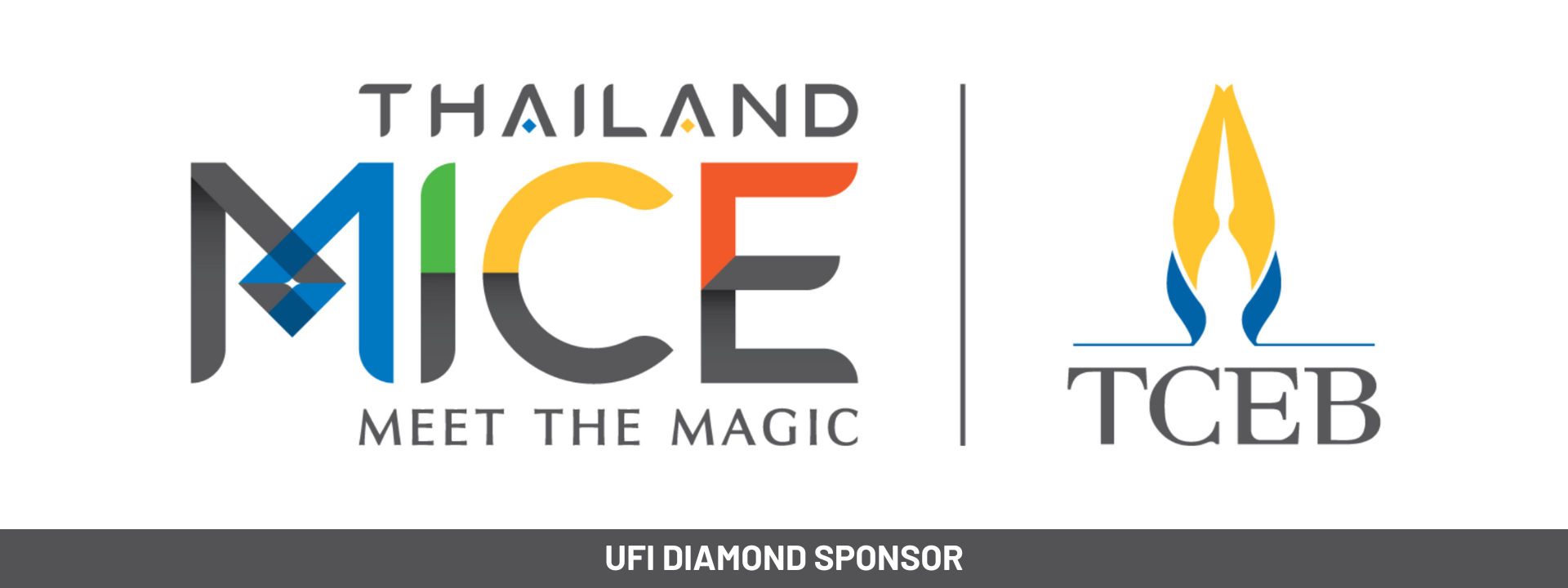
Antony Reeve-Crook, Director, ArciMedia Ltd.
The Joint Meetings Industry Council’s recently-unveiled report on the benefits of our industry; Business Events Legacies, may prove to be a lot more significant than its title suggests – but it needs our help to give it the impact it deserves.
The report’s authors from the University of Technology Sydney, associate professors Carmel Foley and Deborah Edwards, and Pavlina Javoska and Anja Hergesell, claim it reveals “significant” shortcomings in the way governments measure the true value delivered by conferences, congresses and international trade shows.
For most of us, the findings are to be expected. The report was after all commissioned and released by an association that advocates on behalf of the business events sector, and which funds a publication for which shortcomings in measuring the impact of business events is essentially the tagline. But that needn’t diminish the impact it can have.
In this case the authors arrived at their conclusions by drawing on nine case studies from four continents, over a period of three years, compared and contrasted for detailed discussion. As a result, what gives this report credibility is the foundations on which the findings stand.
The recommendations its creators propose, summarised under the Buzzfeed-esque title Six Golden Rules for a Highly Successful Business Event offer specific guidance for event organisers looking to convince municipal and national partners to embrace the events they bring.
Business events stand alone
So what are they? Essentially: involve stakeholders, unite around opportunities and problems, set objectives and execute plans that specifically enable them to be achieved, evaluate the results and disseminate the outcomes. Being academics, the authors take a bit longer to say this and provide greater definition, but that is the gist of it.
If you feel you have heard these recommendations before, that’s because to me at least, they read like standard practice for most successful companies. But as event organisers familiar with the packaging industry may have heard, it’s not what you got, it’s where you stick it. This information may not be news to you, but it certainly provides more power to our elbow when it comes to courting the public sector partners we need to give our events traction in their cities.
Stakeholders, whether public, private, local or global need to be made aware of the things we already know and it is precisely this scientific approach to convincing them that the industry needs.
JMIC president (and UFI CEO and MD) Kai Hattendorf says that what he hopes and believes the association has accomplished is to identify some real and measurable values and the practices that are needed to properly document them in the future.
“As the credibility of such measures increases, so will the prospects that governments will position them properly as key elements in their economic and community development strategies,” he explains. “These events are all about economic, academic, professional and community enhancement outcomes. A strategic approach to hosting such events can pay a broad and important role in advancing the development prospects of destinations around the world.”
Turning fissile material into payload
The report may not be explosive but to make sure it hits its target effectively, we need to enrich it with the evidence we have accrued over our many years of building successful shows around the round.
As a journalist in an industry dominated by acronymous organisations such as JMIC, ICCA, IAPCO, UFI and many others, I have seen plenty of reports thick and detailed enough to wedge a door open, manage somehow to slide under the carpet. Academic findings are rarely enough on their own. As anyone who has worked with civic development agencies or ministries will know, they deal in economic return and jobs, not trends and ideology. Hard facts not allusive statistics.
We can bolster the suggestions made in the report with economic case studies, evidence of exhibitors or buyers that have registered a business in a city in order to capitalise on a locally-hosted annual international event, increased enrollment on college courses pertaining to industries for which their city hosts the lead event, the proliferation of business event support companies that boost wider employment (and of course hotels beds and coffees). These are the things that will ensure the report lands with a bang in the cities we wish to target.
So if any of you have concrete examples and evidence of such instances, then please find the time to share them – a report such as this can be a strong weapon in the battle to convince the world of our industry’s worth.







I like the valuable info you provide in your articles. I will bookmark your weblog and check again here regularly. I’m quite sure I will learn plenty of new stuff right here! Good luck for the next!